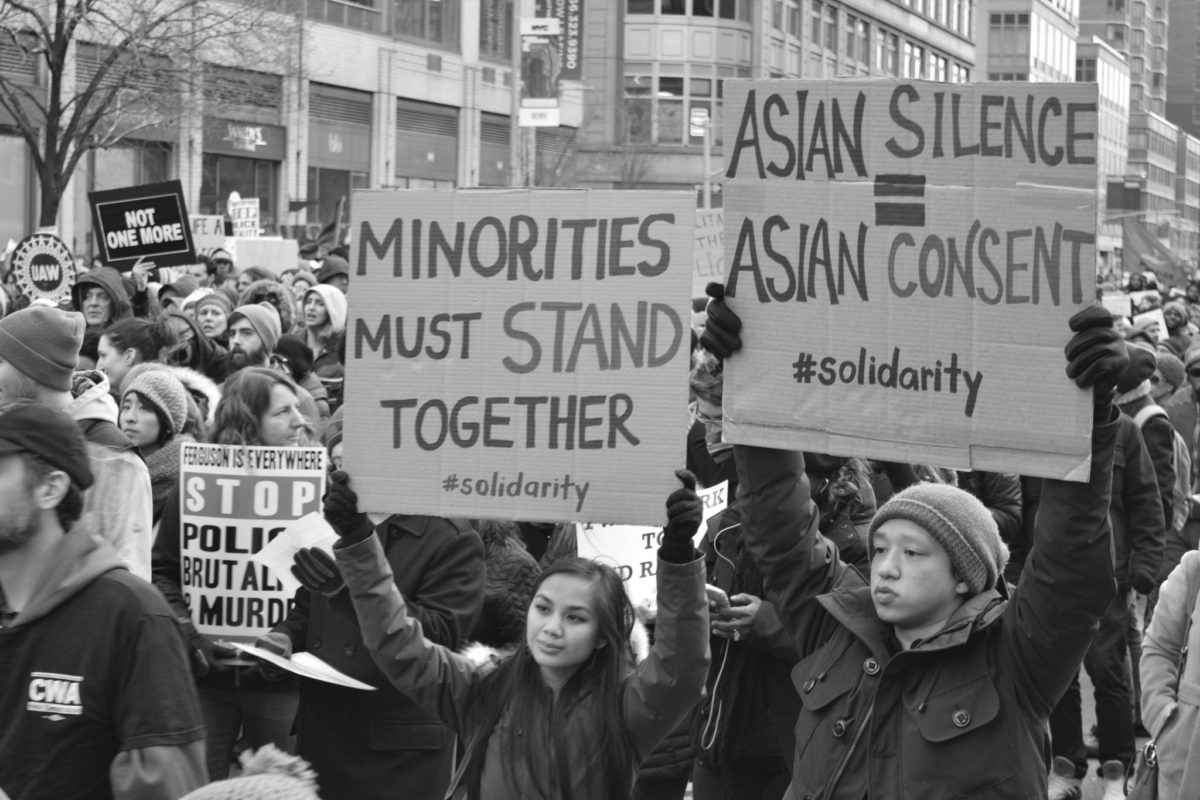Sarah Palin’s got no shortage of embarassing moments in her personal history. From an unflattering, and much lampooned, interview with Katie Couric to being taped by reporters giving statements in front of a graphic turkey slaughter, Palin is a textbook example of “Politics 101: What Not to Do If You Want to Stay Relevant”.
If Palin is gearing up for 2012, she’s gearing up to run for dogcatcher.
But, in what appears to be an effort to keep her name in headlines, Palin released a memoir earlier last month, titled “Going Rogue“. In it, Palin casts herself as an “of-the-people” politician, mishandled by Washington “insider” (a term that Palin finds most damning) political advisors in the McCain campaign. She attempts to address the many embarassments of her 2008 candidacy as McCain’s vice presidential pick. Although the book has been hyped as a vanity project-turned-appeal to voters, Palin has created quite a splash (and caused much head-scratching) by extending her book tour only to strongly sympathetic cities she won over during the 2008 campaign season, and by refusing to allow mainstream media outlets to cover her book tour lectures.
But this week, Palin’s “Going Rogue” has raised even more eyebrows.
Palin recounts in her book how she ventured out of Alaska while attending college. Her first undergraduate institution (of four) was at Hawaii Pacific University, which she attended in the fall of 1982, but quickly left the university to continue her undergraduate education at North Idaho University.
In “Going Rogue”, Palin describes her decision to move away from Hawaii thusly: “Hawaii was a little too perfect… Perpetual sunshine isn’t necessarily conducive to serious academics for eighteen-year-old Alaska girls.”
But Palin’s father paints a far different picture. In an interview given to reporters compiling information for a book titled “Sarah from Alaska”, Palin’s father Chuck Heath, says Palin was made uncomfortable by the high number of Asian Americans in Hawaii. He is quoted as describing the problem as “a minority type thing and it wasn’t glamorous, so she came home.”
Hold up. What?
Asian Americans, including descendents both of indigenous Hawaiians as well as Chinese, Japanese, Filipino and Korean immigrants during the late nineteenth century, make up more than 40% of Hawaii’s population, making Hawaii home to one of the most populous concentrations of Asian Americans in the United States. Without a doubt, Asian Americans are the numerical majority in Hawaii, and Whites, comprising about 27% of the population, are the minority.
It’s tempting to conclude that Palin’s discomfort with the “minority thing” in Hawaii was due to anti-Asian bias; after all, the quote reads as if Palin couldn’t handle being so close to so many Asian people, as if black hair and mocha skin made her nauseous. And the whole thing rings of the kind of “Yellow Peril” stereotype that grips far too many.
But, I tend to think the problem was “race shock”. Palin grew up in Alaska, where nearly 70% of the state is made up of Whites. She was undoubtedly a member of the racial majority, and probably thought of race issues as the kind of thing only ”outsiders” had to worry about. Stepping foot in Hawaii was not just an exposure to the fact that there are, indeed, different kinds of people in the world, but suddenly Palin had to reconcile herself with the notion that she wasn’t part of the racial majority, or the ”norm”, anymore.
Being a minority isn’t easy; those of us who live our lives every day as part of a racial identity that is a numerical minority in our city or town know all too well the curious looks, the racist assumptions, and the sense of “Otherness” that comes with waking up in our skin.
Palin experienced that feeling for the first time when she was eighteen years old. And, like so many other majority-turned-minority, she ran as far away from that place as she could. In her very own example of hysterical White Flight, Palin packed her bags for one of the Whitest states in the Union: Idaho.
Well, we can say one thing about Palin: when she puts her mind to something, she sure commits. Idaho’s White population made up nearly 97% of the state in 2005.
The problem here isn’t that Palin hates or fears Asians, it’s that she ran scared from the experience of being a racial minority in Hawaii. For a woman who, by all accounts, covets the Oval Office, she demonstrates in this moment in her personal history her lack of readiness to lead a nation wherein racial “minorities” will overtake the number of Whites within the next thirty years. How will Palin fare if the entire country starts looking a little more like Hawaii by the time she’s president? Will she able to handle calling D.C. her home for four years while African Americans still outnumber Whites there by 54% to 40%? Or will Palin turn tail and run back to the suburbs of the Midwest, where she no longer has to face the “discomforts” of race relations?
And above all, Palin has painted herself as a politician of the people. Her schtick is all about her hockey mom persona, and she hopes to rekindle the sense of familiarity and down-to-earth homey-ness invoked by George W. Bush during his 2000 campaign. Yet, how does she plan to make friends with voters across the nation when she has demonstrated fear and discomfort with racial difference? Nearly one third of all voters aren’t White!
Palin values her status as a Washington “outsider”, yet it seems that, in at least one opportunity, she couldn’t handle “outsider” status. Instead, in the height of hypocrisy, she did what she has criticized her political opponents for doing ad nauseum: she sought soothing comfort in the familiarity of being an “insider”.
But then, what does that say about the rest of us “outsiders” who haven’t moved to our iterations of Idaho?


